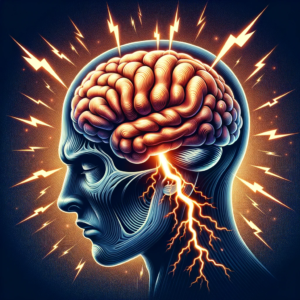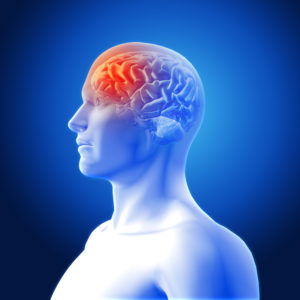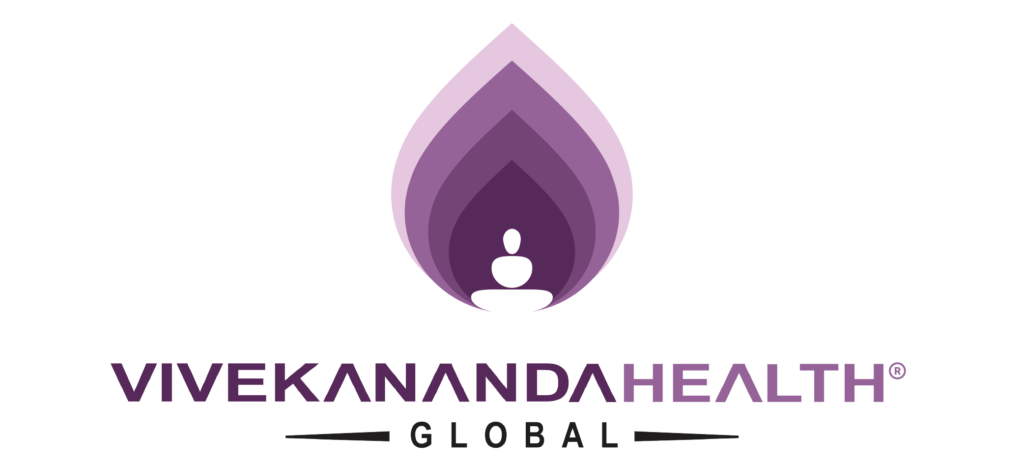Best Migraine Headache Treatment in Bangalore
Are you tired of suffering with chronic migraine headache triggered by screens?
In today’s screen-dominated era, is it challenging to find relief from migraine headache without sacrificing your digital lifestyle?
Do you often experience migraine attacks?
Are migraines impacting your work performance?
If Yes, then you’ve come to the right place. Step away from screen-induced pain and enter a world of migraine-free living. Discover personalized migraine relief solutions from the experts to address your specific migraine concerns. Don’t let migraines control your digital experience any longer. Take control of your well-being today by visiting our clinic and consulting with the experienced ayurvedic doctors and uncover the transformative migraine relief you deserve.
Curious about the customized solutions we offer? Explore our website and book consultation to find answers to all your migraine-related questions.

Migraine headache are common neurological conditions that can cause severe pain and discomfort. Migraine treatment in ayurveda is one approach that has been used for centuries to address these issues.
Ayurvedic treatment for migraine headache and ayurvedic remedy for migraine have gained popularity as holistic alternatives to conventional medicine. Ayurveda, an ancient system of medicine originating in India, focuses on balancing the body's energies to promote overall health and well-being.
Migraine headache is a type of headache that is typically characterized by recurrent episodes of moderate to severe pain, often accompanied by other symptoms such as nausea, vomiting, and sensitivity to light and sound.
Migraine is one of eight chronic diseases affecting over 10% of the global population. Women are three times more likely to experience migraines than men. Migraines can occur with or without an aura.
Ayurvedic medicine for migraine headache offers a different approach to manage headaches compared to conventional Western medicine. In Ayurveda, the emphasis is on understanding an individual's unique constitution (dosha) and addressing imbalances that may contribute to headache. This personalized approach often includes dietary changes, lifestyle modifications, herbal remedies, and stress reduction techniques.
The best ayurvedic treatment for migraine may vary from person to person, as Ayurvedic doctors consider individual factors when recommending treatments. Some common Ayurvedic remedies for migraine include herbal preparations, therapeutic massages, and ayurvedic medicine. These ayurvedic therapies aim to balance the doshas and promote overall well-being, potentially reducing the frequency and intensity of migraine attacks. Ayurveda offer a path toward migraine relief for those who experience chronic migraine headache. Our doctor also suggests home remedies for migraine and combining natural migraine headache remedies with medical guidance provide effective and lasting pain relief. All these ayurvedic therapies are accessible at our Ayurvedic center.
While conventional medicine offers effective options for managing migraine headache, where as ayurvedic treatment for migraine headache provides an alternative approach that focuses on holistic well-being and personalized care. If you suffer from migraine or frequent headaches, it's essential to consult with a healthcare professional or Ayurvedic doctor to explore the most suitable treatment options for your unique needs.
Causes of migraine and migraine symptoms can vary from person to person. Migraines have important effects on individuals, their relationships with others, and their families. The functional limitations related to migraines can lead to physical, psychological, and social outcomes.
Ayurveda explains Migraine in detail as Ardhavabhedaka
Causes of Migraine
- Hormonal changes in women
- Stress
- Sleep changes
- Physical factors
- Weather changes
- Medications
Stages of Migraine
- Prodromal
- Aura
- Attack
- Post drome
When to Start the Treatment ?
Identifying the types of headache, frequency and severity of attacks, impact on daily activities, and migraine triggers can help to determine when to start treatment for migraine. The goal of migraine treatment is not only to alleviate the pain during an attack but also to prevent or reduce the occurrence of future attacks. With early intervention, Migraine Doctors can provide natural migraine remedies and personalized treatment options that may include lifestyle modifications, yoga, ayurvedic medicine, and other ayurvedic therapies based on the individual's needs. We provide natural migraine remedies and personalized treatment options.
How Integrative Medicine approach to treat Migraine headache ?
Many individuals enquire about instant migraine relief. However, the solution lies in treating the root causes of migraines to effectively reduce their frequency over time. Integrative medicine is a holistic approach that combines conventional medical practices with Ayurveda, Yoga therapy , Naturopathy treatments and Acupuncture to address the root causes of health conditions, including migraines. Combining these therapies can provide a holistic treatment plan. Studies have shown that a combination of bio-purificatory processes such as Panchakarma treatments and oral migraine medicine followed by Yoga therapy can reduce the severity of migraine symptoms, decrease pain intensity, and improve the overall quality of life for migraine patients.

Yogic Treatments
Regular exercise for migraine headache can lower stress and improve sleep, which are common migraine triggers. Yoga therapy is a particularly useful treatment for migraines, seamlessly combining physical postures, breath control, and meditation practices.
These components of yoga have been found to have tremendous potential benefits in managing migraines.
Benefits of Yoga for Migraines
Stress Reduction: Practicing Yoga exercises are renowned for the ability to reduce stress. The controlled breathing and mindfulness techniques taught in yoga can help individuals manage and alleviate the stressors that often trigger migraines.
Improved Blood Circulation: Yoga poses and movements promote better blood circulation throughout the body, including the brain. This improved circulation can potentially reduce the frequency and severity of migraine attacks.
Promotes Relaxation: Through deep relaxation techniques, yoga helps individuals relax both physically and mentally. This relaxation can be particularly helpful in preventing tension headaches, which can sometimes escalate into migraines.
Increased Body Awareness: Yoga encourages a heightened awareness of the body and its signals. This heightened awareness can help individuals identify early warning signs of an impending migraine and take proactive steps to manage it.
You can join our Offline and online Yoga classes for expert guidance from experienced doctors.
Ayurvedic Migraine Treatment
Migraine Treatment in
Ayurveda, the ancient system of natural healing, offers effective remedies for migraine headaches. Ayurvedic treatments encompass a holistic approach that considers an individual's constitution, lifestyle, and dietary habits. By addressing the root causes of migraines, Ayurveda provides a sustainable solution.
Ayurvedic Remedy for Migraine
is the use of herbal formulations, such as Brahmi, Ashwagandha, and Shankhpushpi. These herbs are known for their ability to reduce stress, calm the nervous system, and alleviate the intensity of migraine attacks.
Determining the best ayurvedic treatment for migraine depends on individual factors and the underlying causes of the condition. Ayurvedic practitioners may recommend a combination of therapies, including detoxification through Panchakarma, stress management techniques, and dietary changes to achieve the best results.
Incorporating Ayurveda into your migraine treatment plan can be a transformative experience. By addressing the root causes and imbalances in the body, Ayurveda aims to not only alleviate migraine symptoms but also enhance overall health and well-being. Through a holistic approach, Ayurveda offers a promising path towards freedom from the burden of migraines.
Naturopathy Treatments
Treatments such as Mud pack, Hip Bath, Enema, Oil Massage, Diet & Lifestyle Modification
Acupuncture:
Dysregulation of the meridians flowing to the head region can cause migraines. Acupuncture treatment involves selecting specific points related to these meridians to regulate the flow of "Chi." This process brings about vascular changes, decreases inflammation, and ultimately reduces pain associated with migraines. Incorporating acupuncture into a migraine treatment plan can be helpful in managing migraine symptoms.
Book Consultation to get migraine relief
Call - +91 95913 36226
Get in touch with us today
If you are looking for Ayurvedic treatment then visit the best Ayurvedic Clinic in Bangalore to treat yourself from the best migraine doctor in Bangalore and experience the transformative power of natural healing for holistic healing, that has been restoring balance and vitality for over 5000 years. Rooted in the profound understanding of the mind-body connection, Ayurveda treats the root cause of ailments, not just the symptoms, promoting long-lasting well-being. Our experienced doctors take a comprehensive approach to your health, meticulously assessing your unique constitution (Prakruti) and current imbalances.
Life is a beautiful journey, and migraine shouldn’t be a roadblock on your path. If you are looking for best Ayurvedic Clinic in Bangalore then our doors at Vivekananda Health Global are always open, welcoming you to a haven where healing blossoms. With a team of compassionate and experienced practitioners, we are here to walk with you on this healing journey. Each individual is unique, and so should be the healing path. Our personalized approach aims to address the root of migraine, guiding you towards a life where pain no longer holds the reins. Ready to take the step towards a happier, healthier you? A friendly chat with our doctors is just a call away. Connect with us to get the best ayurvedic treatment for migraine relief . Reach out at +91 9591336226 to consult with the best ayurvedic doctor for migraine and let’s embark on this transformative journey together. Your road to relief is just a call away. Discover a life where you can move freely, laugh heartily, and live fully.
Click here to discover how a 51years old lady tackled her arthritis challenges.



